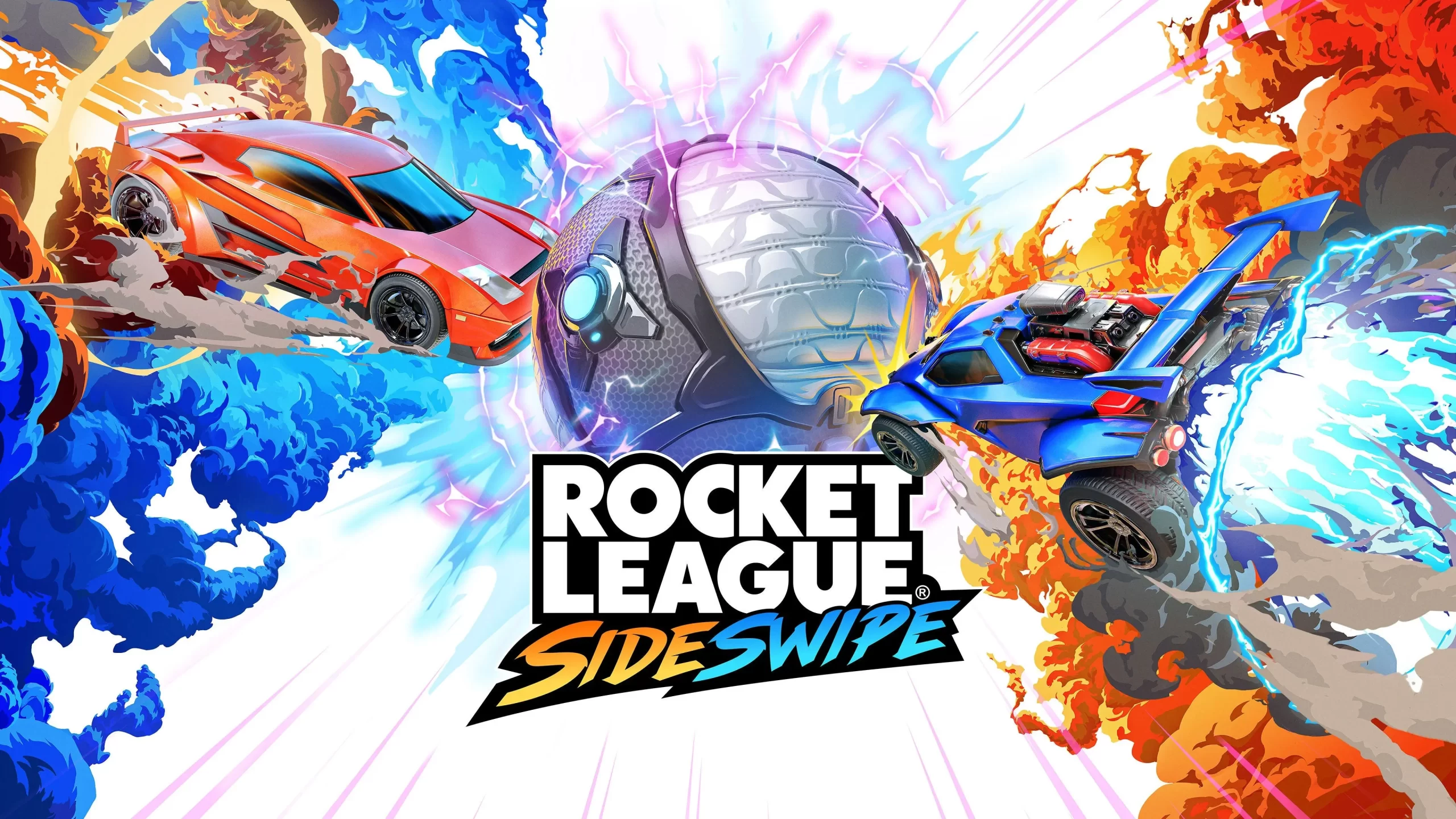Rocket League: Sideswipe was a very fun collaboration between Psyonix, Demiurge and The Molasses Flood in which I worked as a Technical Designer. I was heavily involved in design discussions and responsible for designing live game systems while also able to get in the engine to fix some bugs and create an Advanced Mechanics Tutorial. It was a great learning experience to go back to mobile game development, this time with Unreal Engine 4, and to learn a ton about the philosophy and implementation of meta game systems.
Available on the Epic Games store, Apple App store, Samsung Galaxy store and Google Play store now. Game link here
Meta game systems
The meta game systems I designed were all solely based on player retention, the game had no monetary element so unlike most mobile games players couldn’t pay to gain an upper hand.
- Designed the competitive ladder to follow mobile multiplayer game trends of being based around retention and the current season’s timeline.
- Designed daily, weekly, monthly, seasonal and holiday based retention features including battle pass tracks.
- Sorted all available cosmetic items into different collections to be used in the first couple of seasons and various events.
- Designed the functionality of rotating game modes, which were split up so both casual mobile gamers and hardcore rocket league gamers could look forward to something.
Advanced Car Mechanics Tutorial
Rocket League Sideswipe has many more advanced car mechanics than the primary rocket league game, and many are difficult to learn. To solve this problem, I designed and programmed an advanced mechanics tutorial for players to unlock after player a certain amount of the game. While not currently in the live game, it was both really fun for players and an effective way to learn the complex mechanics needed for high level play.
Some features of my work on the tutorial include:
- Car Ghost – I created an AI that looked like the ghost of a car that followed a set of instructions and simulated player inputs to show the player how exactly they should perform the inputs for each advanced mechanic.
- Onscreen controller visualization – I also programmed a way to show the controls on screen acting out the simulated inputs, to further give players a sense of how to preform the actions.
- Arena functionality – For each individual game mechanic I programmed a systemic way to have the ball strategically placed to give the player an ideal scenario of how to hit it with the advanced mechanic they were attempting. This helped the player understand how to perform it in a real game.
